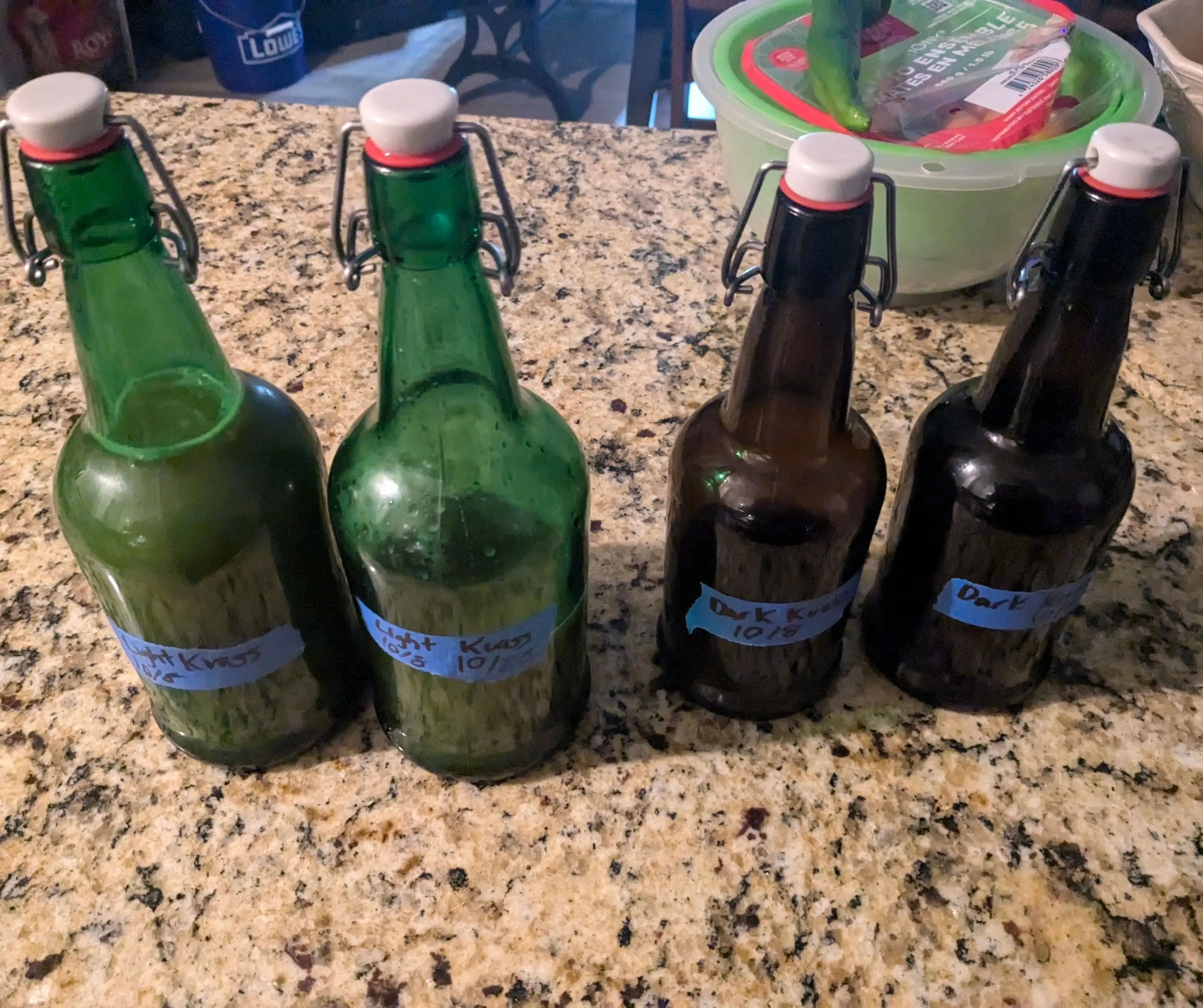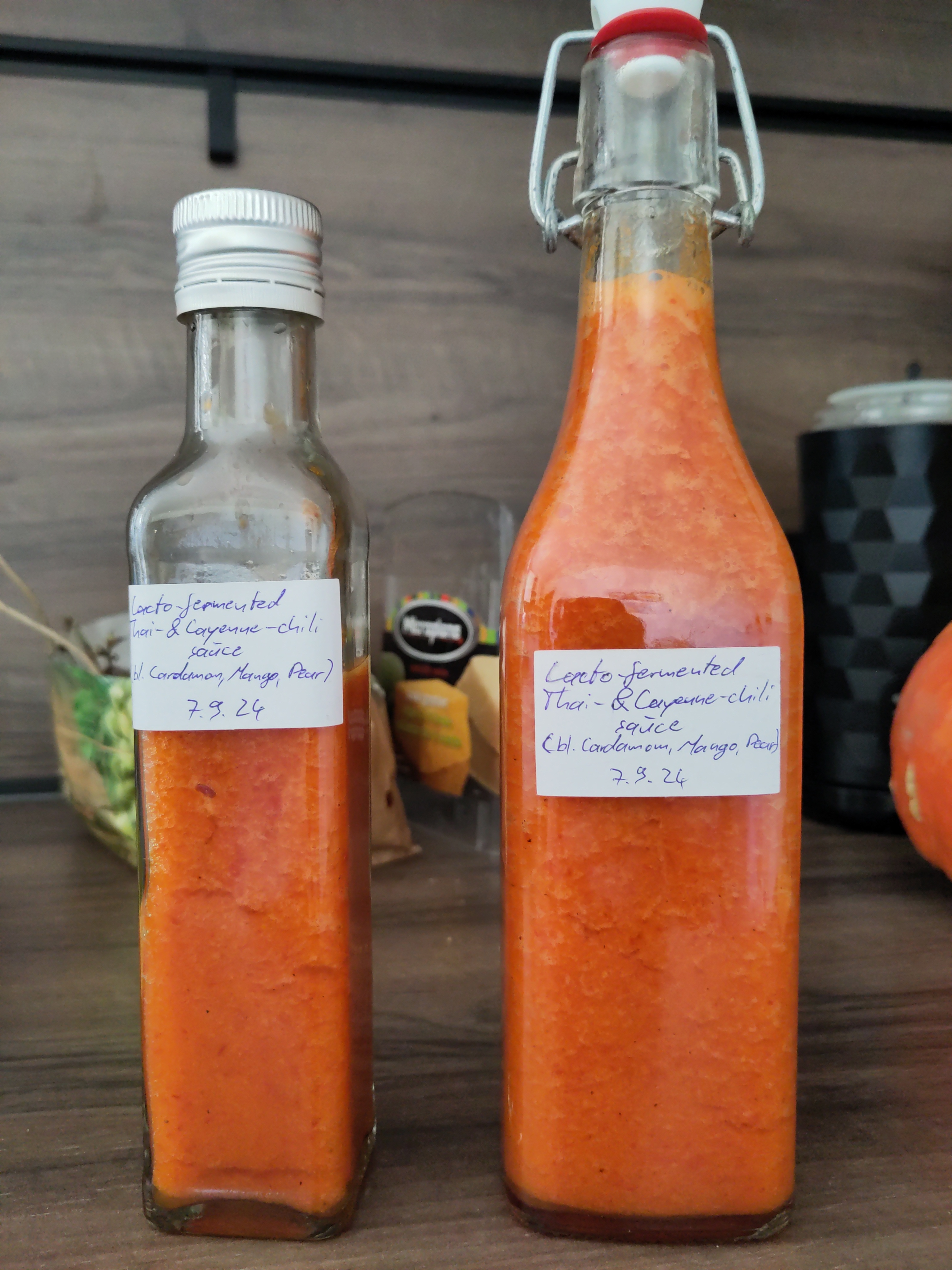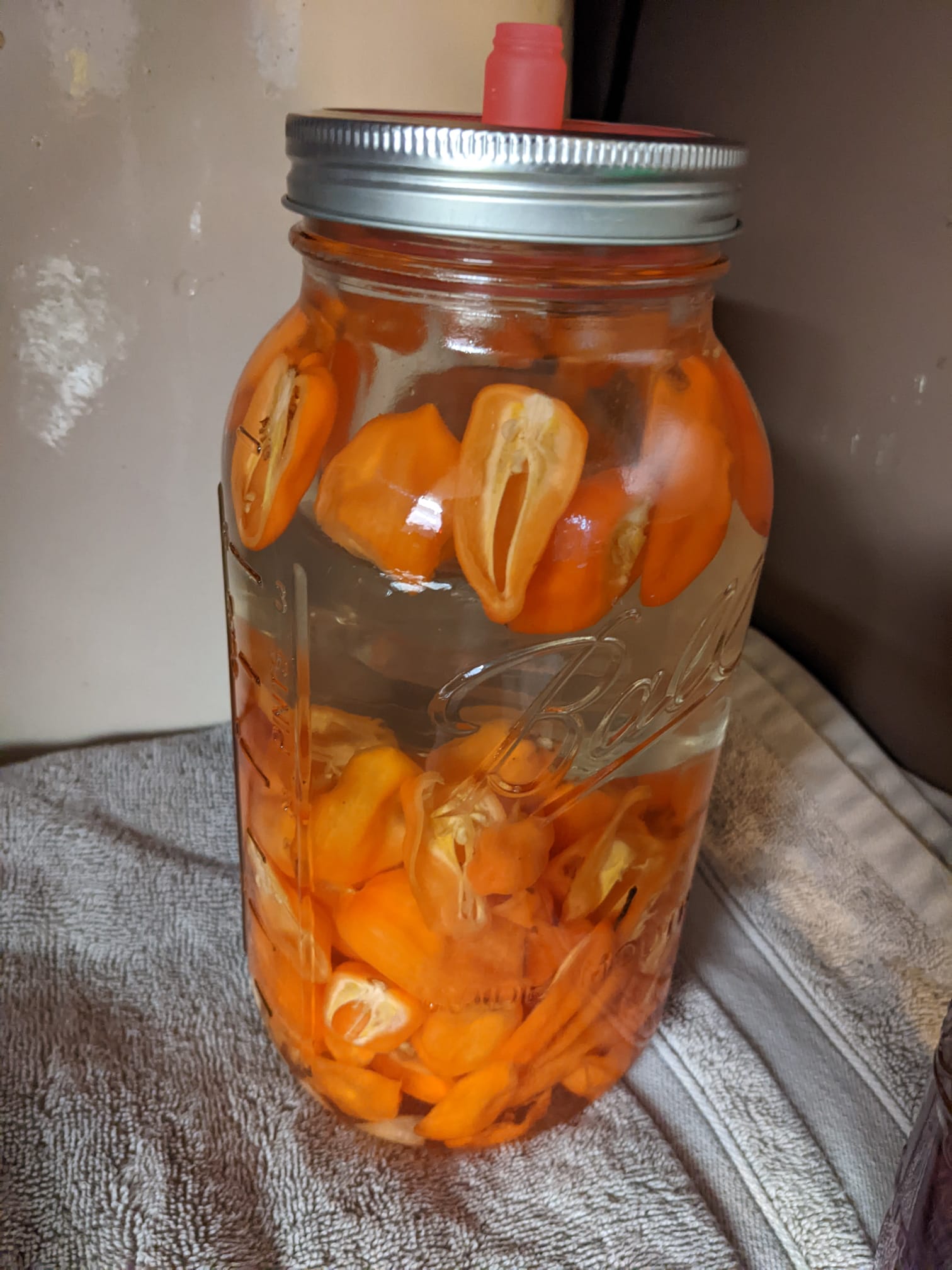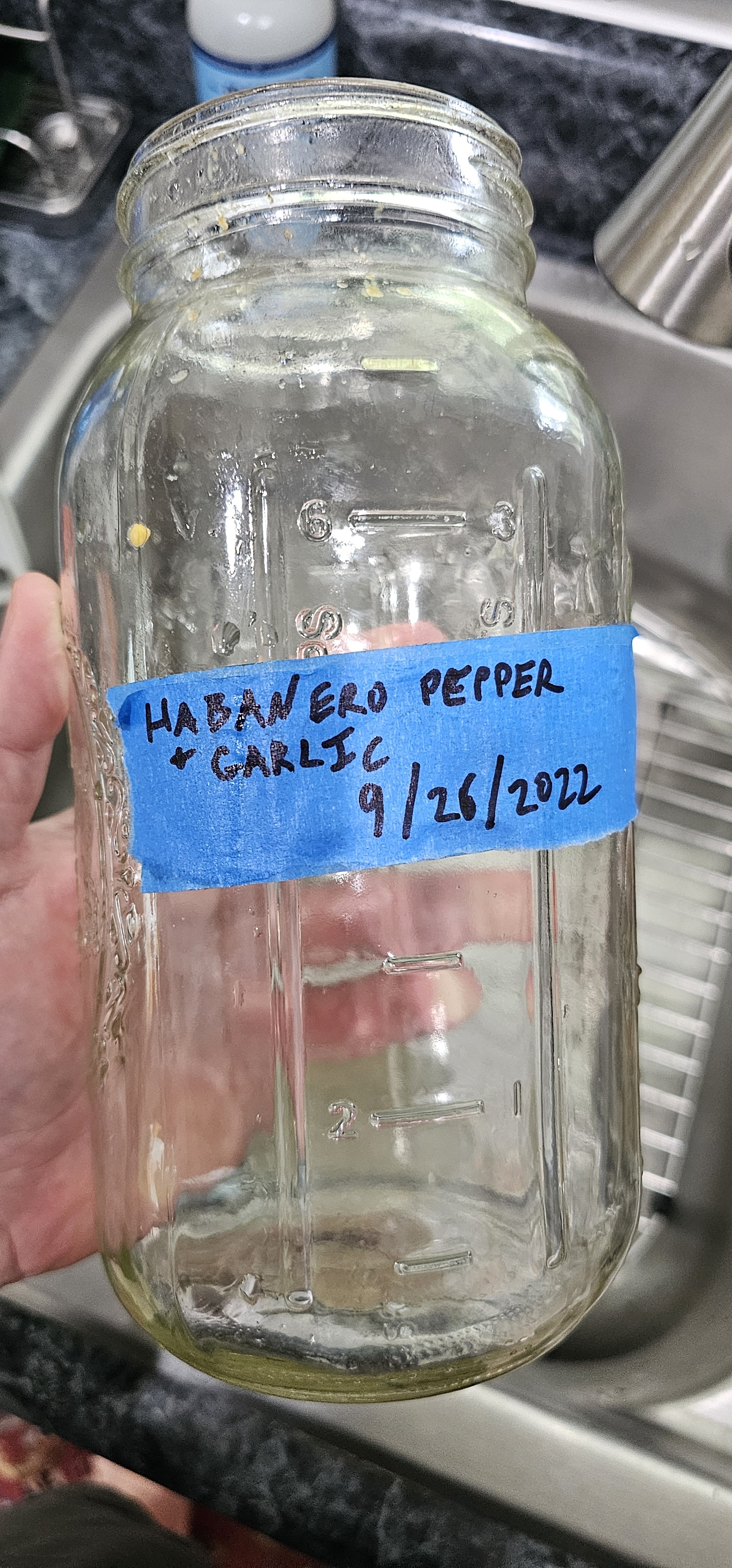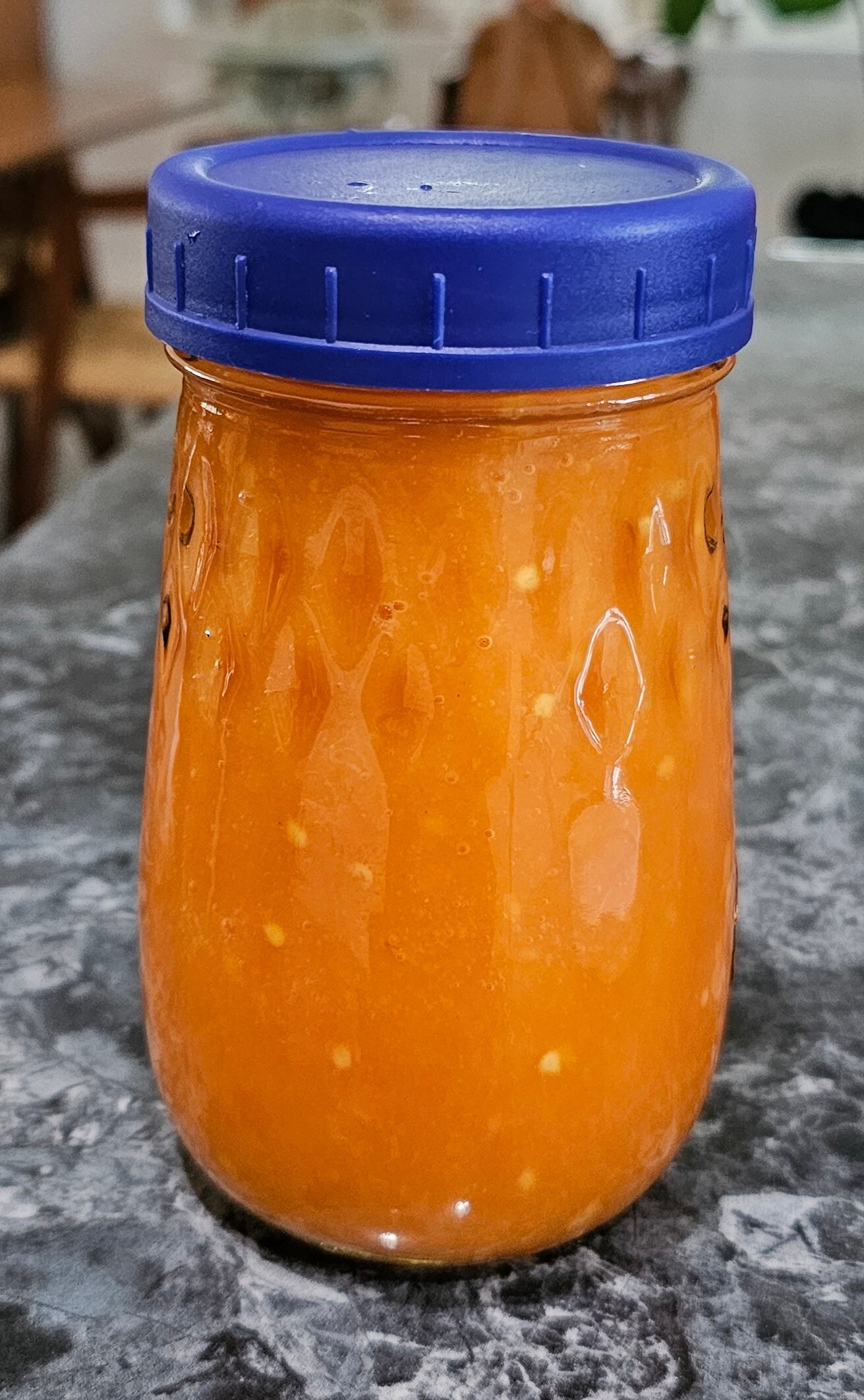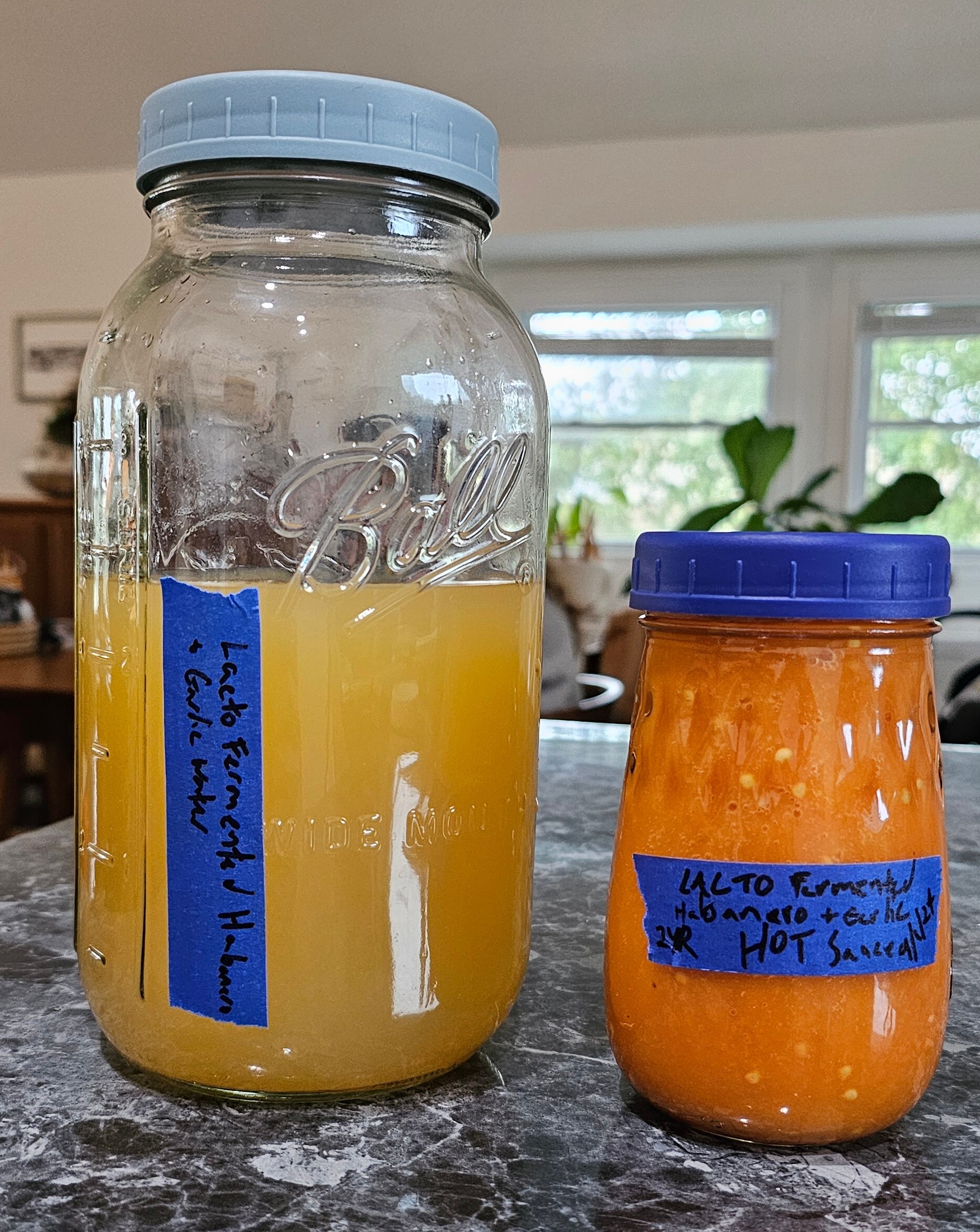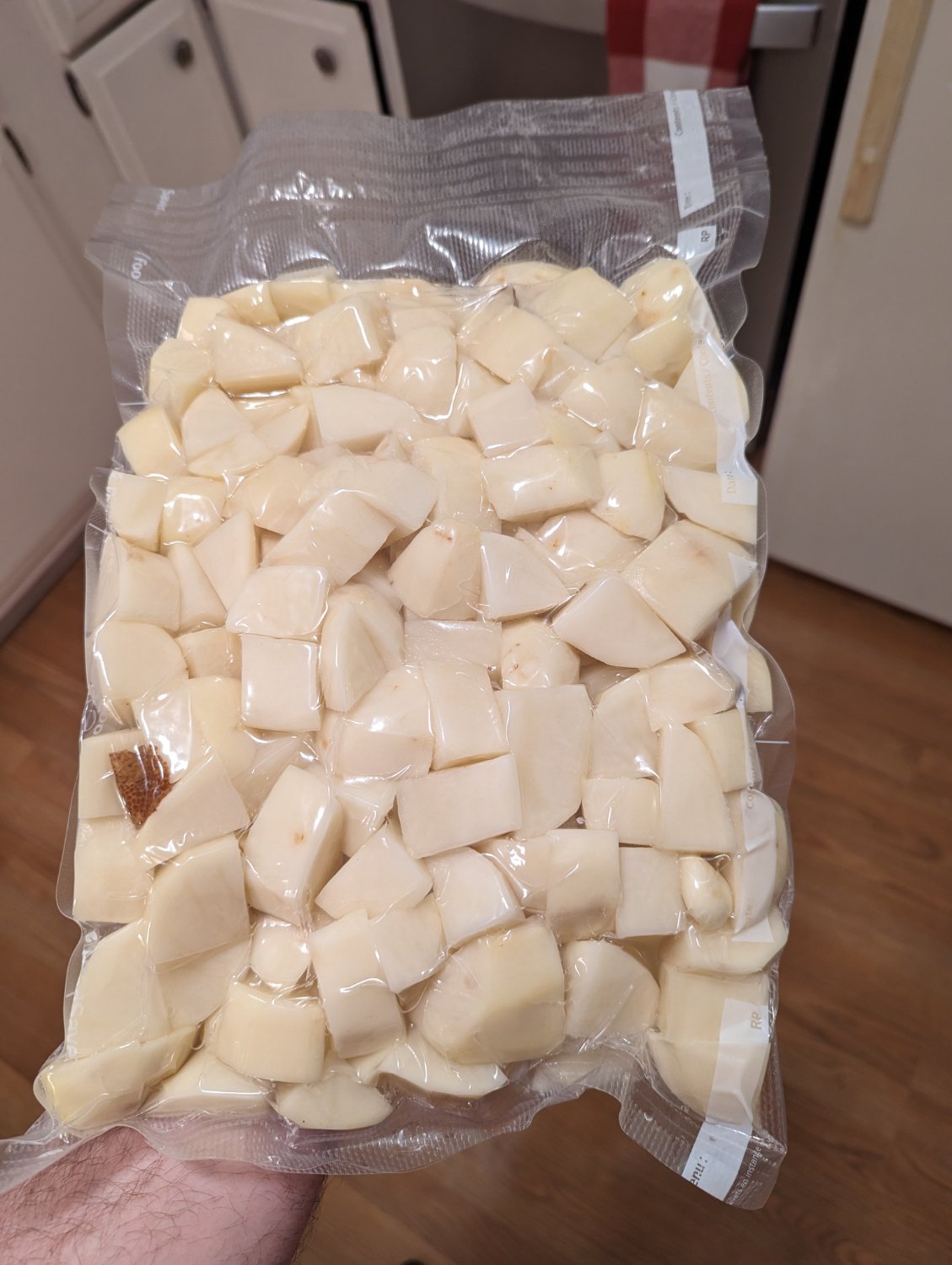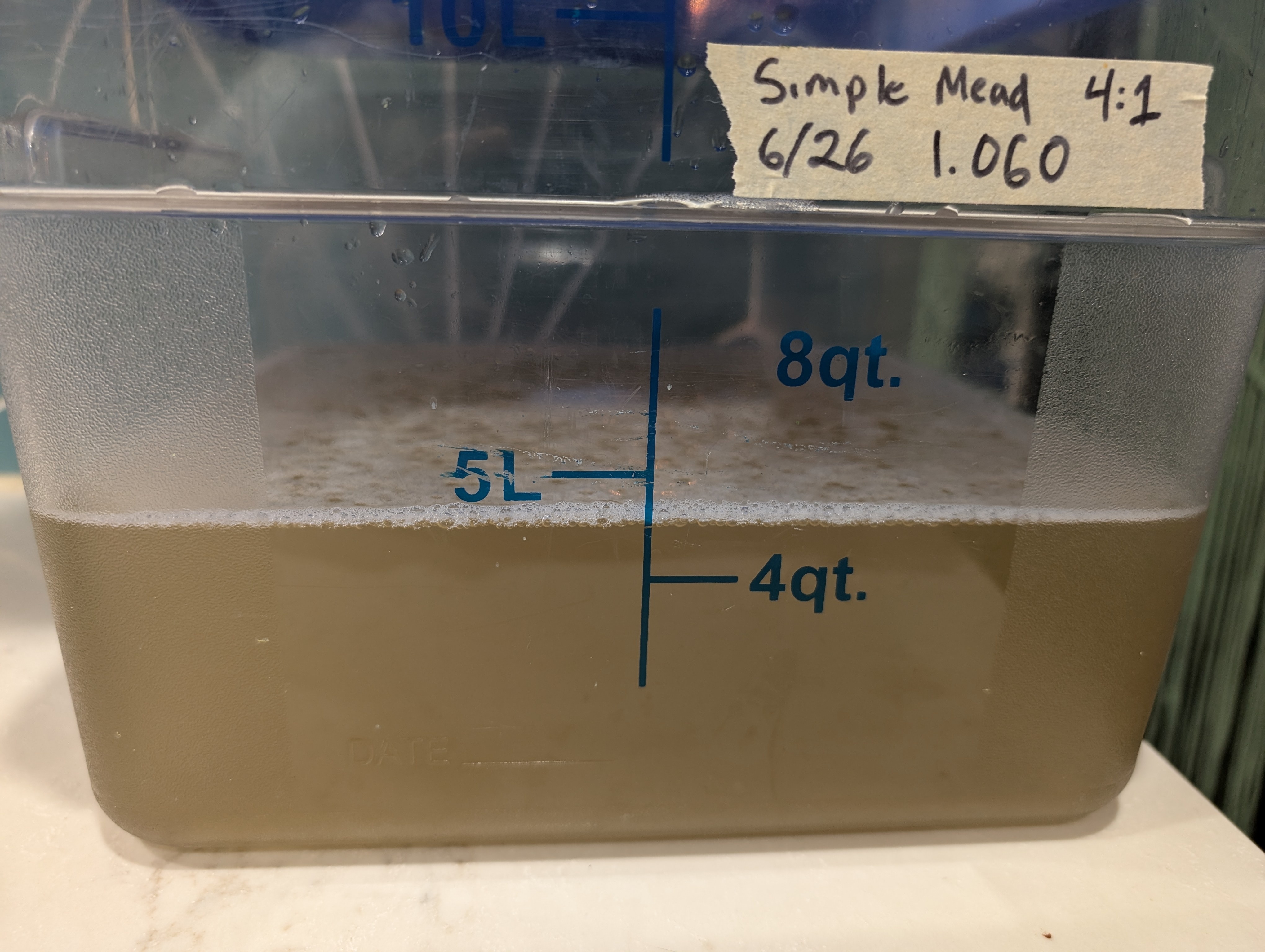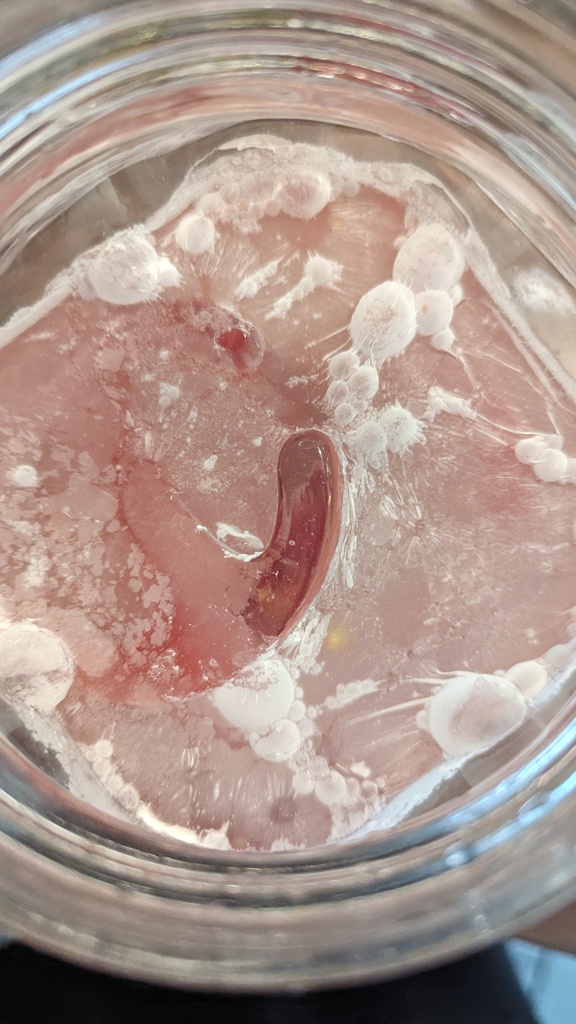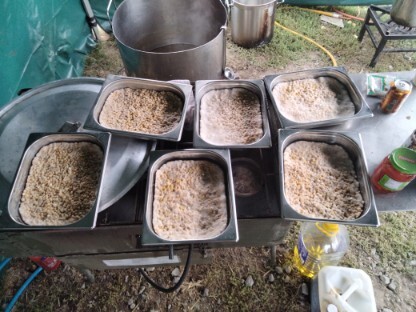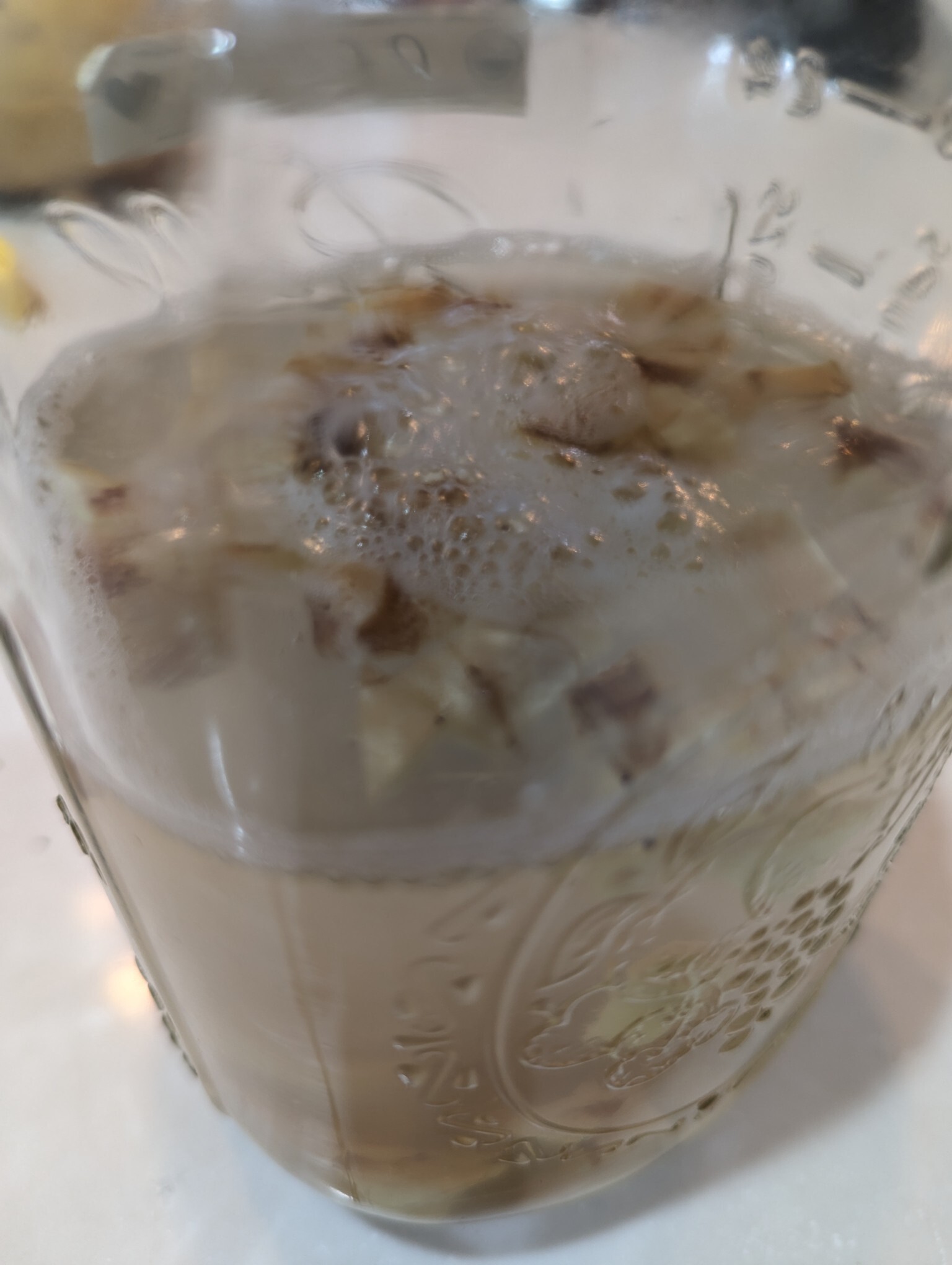1
2
3
4
5
6
7
8
9
10
11
12
13
14
15
16
17
18
19
20
21
22
23
24
25
view more: next ›

 I found both dark and light rye bread at the store but it was the factory-made kind. I definitely made mistakes with both batches including adding way too much bread to the light kvass.the bottles need a day to carbonate then we shall see how well they turned out. Not that I have any reference for the flavor.
I found both dark and light rye bread at the store but it was the factory-made kind. I definitely made mistakes with both batches including adding way too much bread to the light kvass.the bottles need a day to carbonate then we shall see how well they turned out. Not that I have any reference for the flavor.